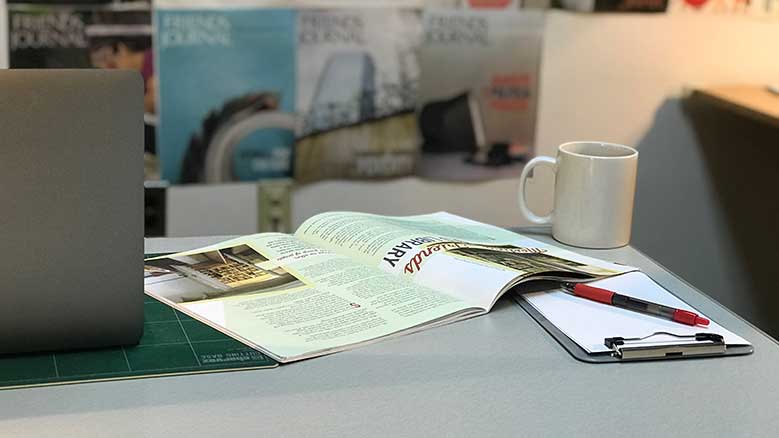
Fast Facts:
- Features run 1200-2500 words
- Submissions close October 15, 2018
- Questions? Email martink@friendsjournal.org or message on Facebook or Twitter.
For many Friends in the Friends Journal audience, there are few topics more fraught than race and racism. We look at our collective history—slavery and anti-slavery campaigning, Indian and freed African American boarding schools, the U.S. Civil Rights movement—and react with equal parts pride and shame. Earlier Friends reacted to the racial issues of their day in complicated ways that often defy good/evil narratives or easy stereotypes.
We’ve inherited something of a hot mess. Many unprogrammed meetings are far more white than the communities in which they reside. Some of this is a result of forces beyond meetinghouse walls: residential zoning, population shifts, large-scale segregation. Our beginnings as a movement of British dissenters also plays a role, of course, as does the tangled mix of ethnicity and folkways that make up Quaker culture.
But these days, relatively few Friends come from unbroken Quaker lineages tracing back to seventeenth-century England. Even many of the Friends born into our religious society hail from families with Quaker histories only one or two generations deep. But many of our newcomers are less diverse than random chance would predict.
The uncomfortable ironies only deepen if you step outside of the traditional Friends Journal audience of North American unprogrammed Friends. Most of the world’s Friends live in Central Africa, especially Kenya and Burundi. Large populations of Friends also live in Latin America, in countries like Bolivia and Guatemala. The culture of these communities reflect the missionary-minded Friends that founded them, and theology, language, and worship style divide us—but so too do the complexions of our congregations.
In 2012, Donna McDaniel and Vanessa Julye did a remarkable job chronicling Quaker discrimination in the landmark book Fit for Freedom, Not for Friendship. In recent years, various Friends Journal writers have shared heartbreaking stories of not feeling completely welcome in Quaker circles. How do we make sure that everyone feels fit for our religious friendship? How do we figure out which parts of Quaker culture arise from our core beliefs and which perhaps are relics of white culture that should be dispensed with?
Short description:
What’s holding Quakers back from being more racially diverse? What opportunities and challenges does diversity bring? What sorts of language or practices might we need to reconsider in order to make ourselves more attractive to racial groups that are underrepresented in our meetings? What Quaker principles might we need to reconfirm to give us an identity worth joining?
Submit a piece for our issue: A Racially Diverse Society of Friends?
Learn more general information at Friendsjournal.org/submissions
- Some of our recent issues on race have tended to be exclusively about European Americans and African Americans. We’d love to hear more Asian and Latinx voices.
- It’s hard to talk about racial inclusivity without also talking about class, gender, sexuality, and theology. Race is complicated by all sorts of identities. Intersectionality is okay; no author needs to feel like they represent the whole.
- If you’re a Friend of color, please feel very encouraged to write for all of our upcoming topics, not just this issue.


Comments on Friendsjournal.org may be used in the Forum of the print magazine and may be edited for length and clarity.